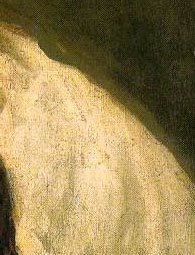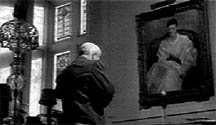Olaf and I discussed film museums early in the festival. I consider myself a spiritual child of Henri Langlois and have always been fascinated by the notion of a film museum. For many years I have drooled over Langlois' immense Cinematheque book with the photos of his original museum designs. I have been to film museums – in New York (AMMI) and Spain (Girona) – but nothing prepared me for what I saw yesterday here in Torino.Now, Olaf objects to the museumification of cinema –"only the projected image can keep cinema alive!" –, but admits that he has a problem with museums in general. I, on the other hand, looked forward to my first open afternoon to go the Museo Nazionale del Cinema, which I had heard was the greatest film museum in the world and reason alone to visit Turin. When friend andf ellow Torino blogger Neil Young said he was going, two mornings ago over breakfast, I joined him. I probably looked like a lost schoolboy in this place as I wandered around in utter wonderment. Another purifying experience of many in Torino. Here are a few pics, more to follow…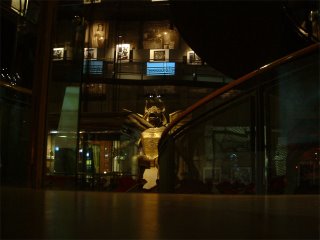
1. The main lobby, with the giant figure from CABIRIA. br>

2. Fellini's hat and scarf.

3. The museum is hosted inside of one of Turin's mos tfascinating structures, the Mole Antonelliana. Inside is a suspended glass elevator, almost like Willy Wonka's, that goes to the top of the building. Here is the view pointing directly up.
--Gabe Klinger
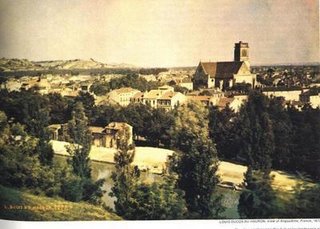




















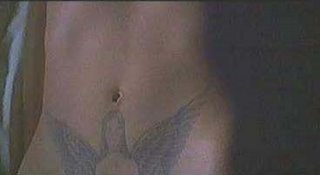

 What was I saying about only one Lerner film under my belt? Well, now it's two--this and Murder by Contract ('58), both solid films (Contract's probably better) that make me think, in terms of both tone and subject matter, of the sort of films Scorsese might started out with had he been ten years older. In fact Studs Lonigan, a once-controversial screen adaptation project for Lerner and writer-producer Philip Yordan, seems like a quite viable inspiration for Scorsese's GoodFellas and Casino, possibly also Mean Streets (but it's been too long since I've seen that one). The difference is that in Scorsese's films, characters have the feeling (the thrill) of agency--they get to be movers-and-shakers, and when things come crashing down (or when the thrill simply decomposes into the mundane), it hurts. In Studs Lonigan, our hero (played by Christopher Knight) never even really gets to grasp that sense of being in charge of his own destiny ... he just spends the duration waiting for it. Flirtations with the underworld never go beyond a few fizzled get-rich-quick schemes or mobster handshakes; alcoholism is the greatest vice Studs can get himself into. In a way this makes it all the more pathetic. And if absolution never comes, the film also remains, because of it, more incisive about the vagaries and illusions of middle-class existence than Scorsese's ever are.
What was I saying about only one Lerner film under my belt? Well, now it's two--this and Murder by Contract ('58), both solid films (Contract's probably better) that make me think, in terms of both tone and subject matter, of the sort of films Scorsese might started out with had he been ten years older. In fact Studs Lonigan, a once-controversial screen adaptation project for Lerner and writer-producer Philip Yordan, seems like a quite viable inspiration for Scorsese's GoodFellas and Casino, possibly also Mean Streets (but it's been too long since I've seen that one). The difference is that in Scorsese's films, characters have the feeling (the thrill) of agency--they get to be movers-and-shakers, and when things come crashing down (or when the thrill simply decomposes into the mundane), it hurts. In Studs Lonigan, our hero (played by Christopher Knight) never even really gets to grasp that sense of being in charge of his own destiny ... he just spends the duration waiting for it. Flirtations with the underworld never go beyond a few fizzled get-rich-quick schemes or mobster handshakes; alcoholism is the greatest vice Studs can get himself into. In a way this makes it all the more pathetic. And if absolution never comes, the film also remains, because of it, more incisive about the vagaries and illusions of middle-class existence than Scorsese's ever are.

